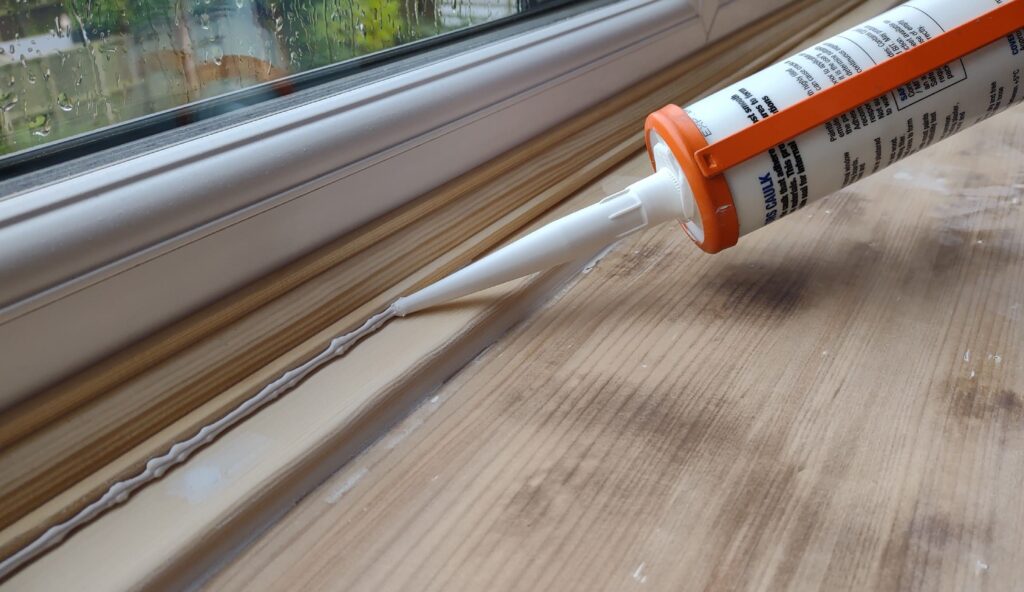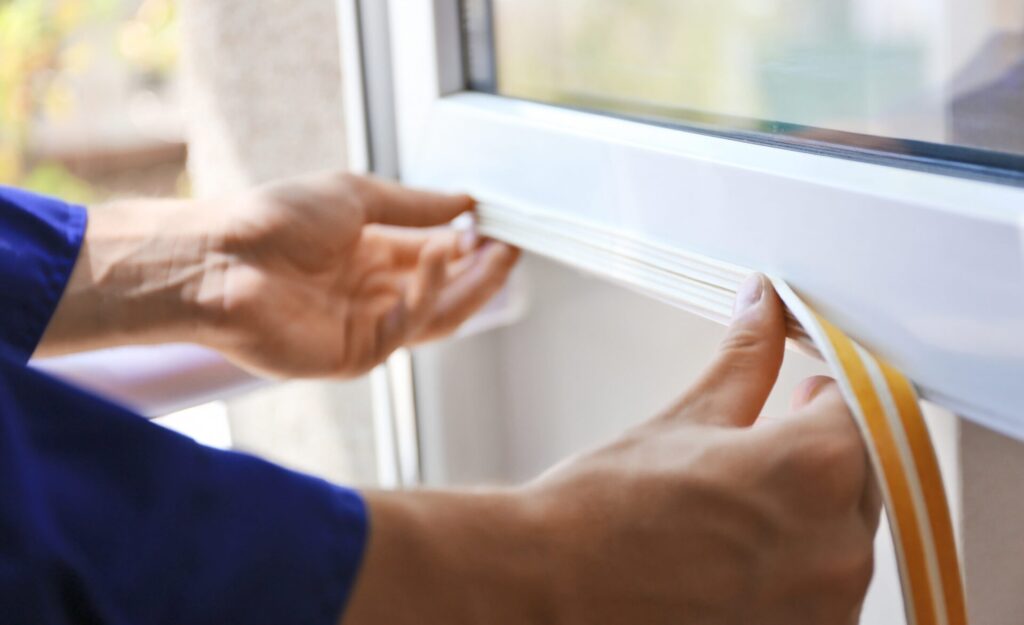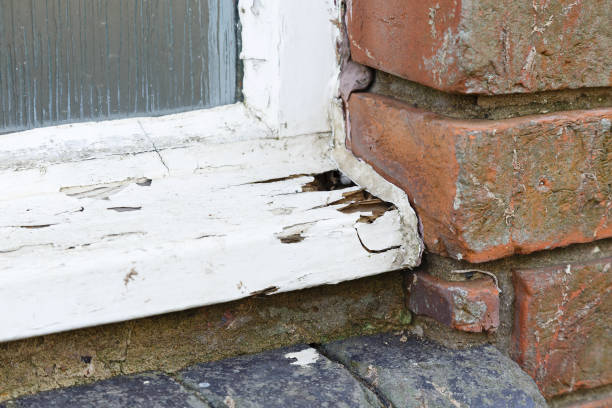A tiny crack on your window sill might seem like a minor flaw, something you can ignore. After all, it’s not a shattered window or a leaking roof, right? But even small cracks in wooden window sills can lead to bigger problems over time. Window sills play an essential role in protecting your home from moisture, drafts, and structural damage. Ignoring a crack, no matter how small, is essentially inviting water, pests, and energy inefficiency into your home.
Cracks often start small, hidden along the edges or under paint, but as wood expands and contracts with changing temperatures, they can widen. Moisture can seep in, creating an ideal environment for mold and mildew. Over time, a seemingly minor crack can compromise the structural integrity of the sill and the surrounding window frame.
What Causes Cracks in Window Sills?
Understanding why window sills crack can help you prevent further damage. Some of the most common causes include:
- Moisture damage: Leaks from windows or condensation from humid conditions can weaken wood over time.
- Temperature fluctuations: Wood expands in heat and contracts in cold, which may lead to splits or warping.
- Aging materials: Old window sills naturally become brittle and prone to cracking.
- Physical impact: Heavy objects, accidental bumps, or improper installation can also cause cracks.
Each of these factors can affect both the appearance and functionality of your window sill. By identifying the cause early, you can take the right steps to repair it before it worsens.
The Hidden Dangers of Ignoring Cracks
Leaving cracks untreated can have consequences far beyond aesthetics:
- Mold and mildew growth: Even a small crack allows moisture to penetrate, creating an environment for harmful fungi.
- Structural damage: Over time, water infiltration can weaken the surrounding window frame and wall, leading to costly repairs.
- Energy inefficiency: Drafts can increase heating and cooling bills, as air escapes through gaps in the wood.
- Decreased home value: Visible cracks make your windows—and by extension your home—look poorly maintained.
What starts as a minor cosmetic issue can quickly escalate into a serious problem. Repairing cracks early saves both money and stress in the long run.
How to Repair Window Sill Cracks
Repairing a window sill crack at home is possible if the damage is minor. Here’s a detailed approach:
- Assess the crack: Examine its depth and length. Shallow hairline cracks can often be repaired without removing the sill.
- Clean the area: Remove dust, loose paint, and debris from the crack to ensure proper adhesion of the filler.
- Apply wood filler or epoxy: Choose a high-quality filler designed for wood. Press it firmly into the crack, slightly overfilling to allow for sanding.
- Sand and finish: Once dry, sand the surface smooth and apply paint or varnish to match the rest of the sill.
For larger or deeper cracks, or if the sill shows signs of rot, replacement may be necessary. Professional repair ensures long-term durability and prevents recurring damage.
Preventing Future Damage
Even after repair, window sills require care to prevent cracks from returning. Follow these tips:
- Keep sills dry: Wipe away moisture and ensure proper drainage from window frames.
- Regular maintenance: Repaint or reseal the wood periodically to protect against weathering.
- Early detection: Inspect sills regularly and address minor cracks immediately.
- Avoid stress: Do not place heavy objects on window sills or lean against them.
Preventive measures are often simpler and cheaper than repairing extensive damage caused by neglect.
When to Call a Professional
Sometimes, DIY repair isn’t enough. You should call a professional if:
- The crack is deep or wide, compromising structural integrity.
- There is water damage affecting walls or the frame.
- The sill has recurring cracks despite previous repairs.
Professional repair services can restore your window sill’s strength and appearance while preventing future problems. Their expertise and high-quality materials ensure lasting results.
Conclusion
A small crack on your window sill is more than just a cosmetic issue—it’s a warning sign. By addressing cracks promptly, you protect your home from moisture, mold, and energy loss. Regular inspection, proper repair, and preventive maintenance keep your window sills strong, beautiful, and functional for years to come. Don’t let a tiny crack turn into a costly headache; take action now and preserve both the aesthetics and integrity of your home.










